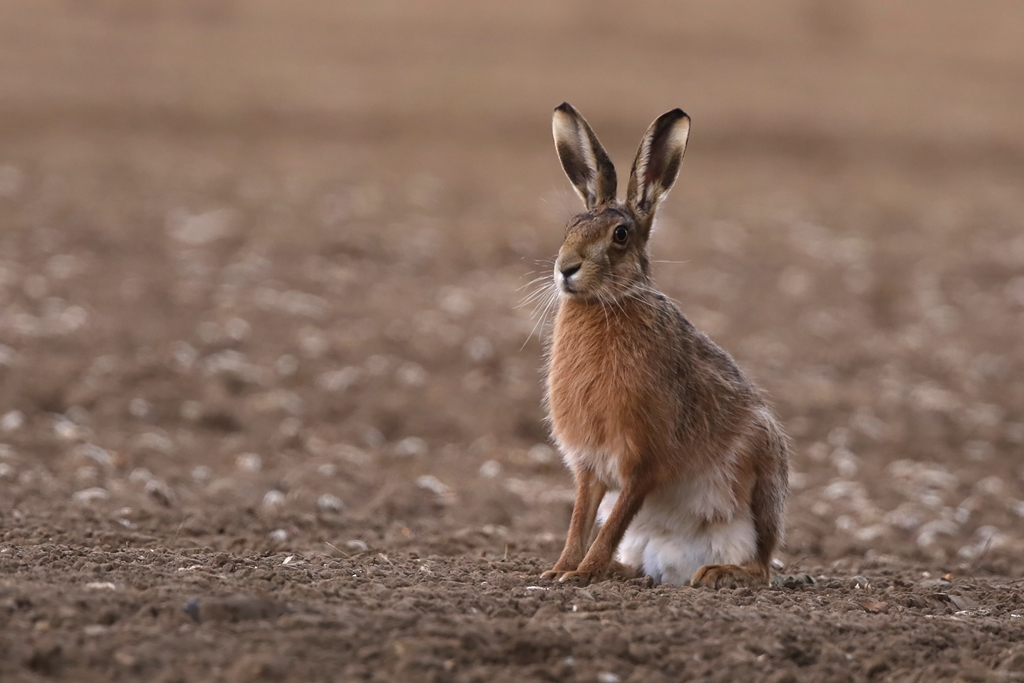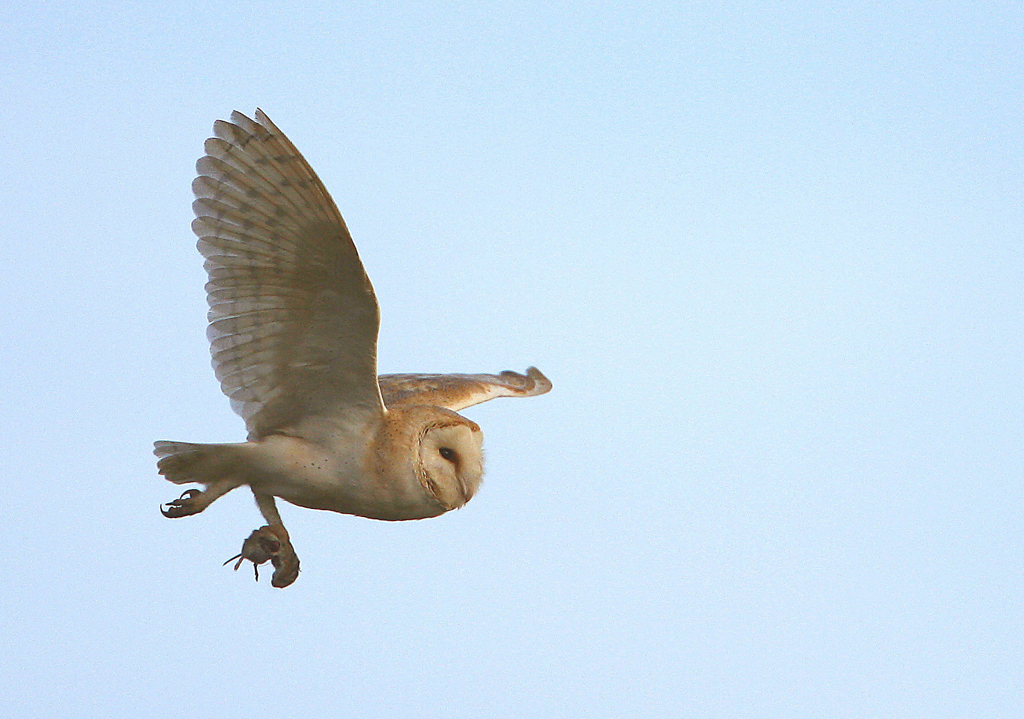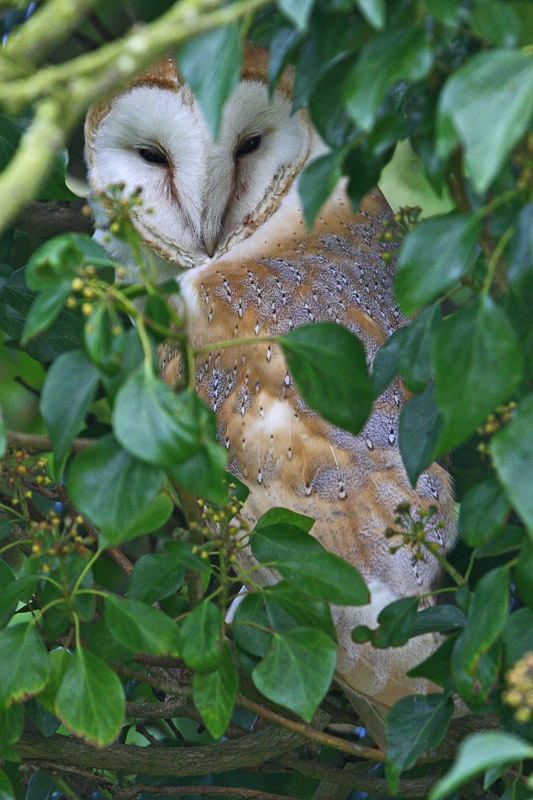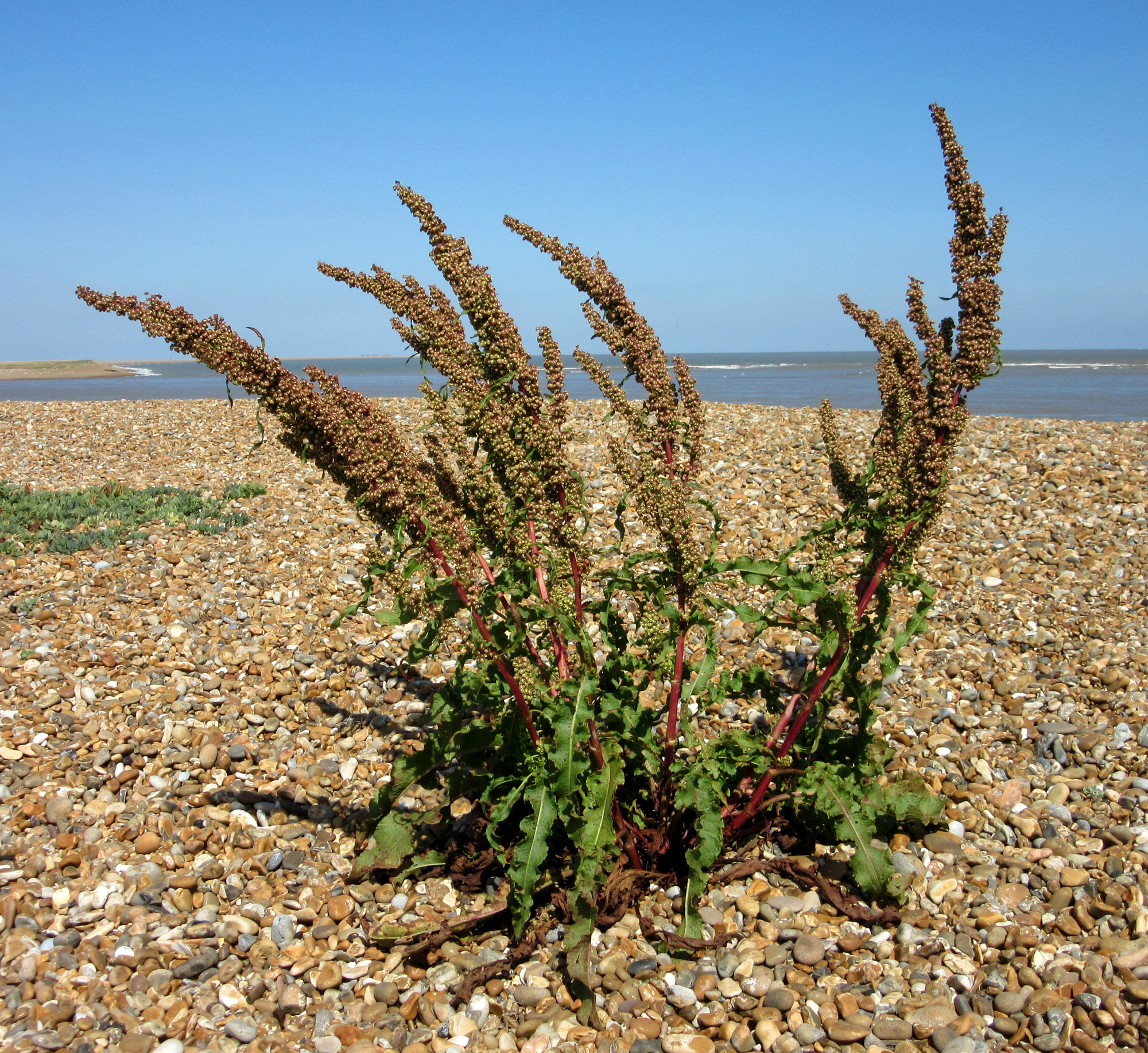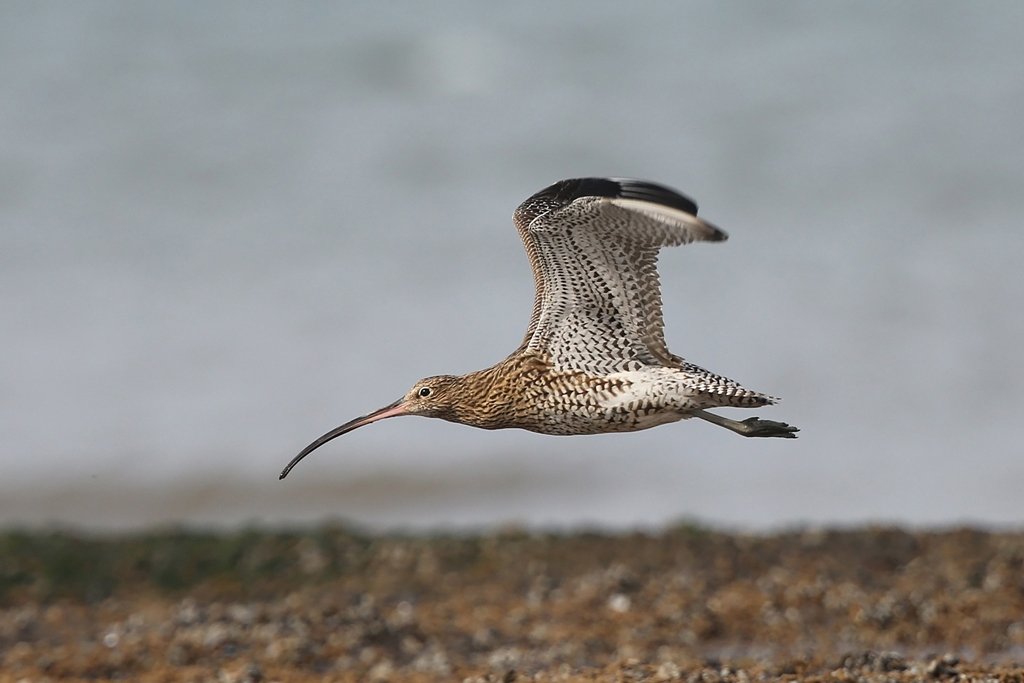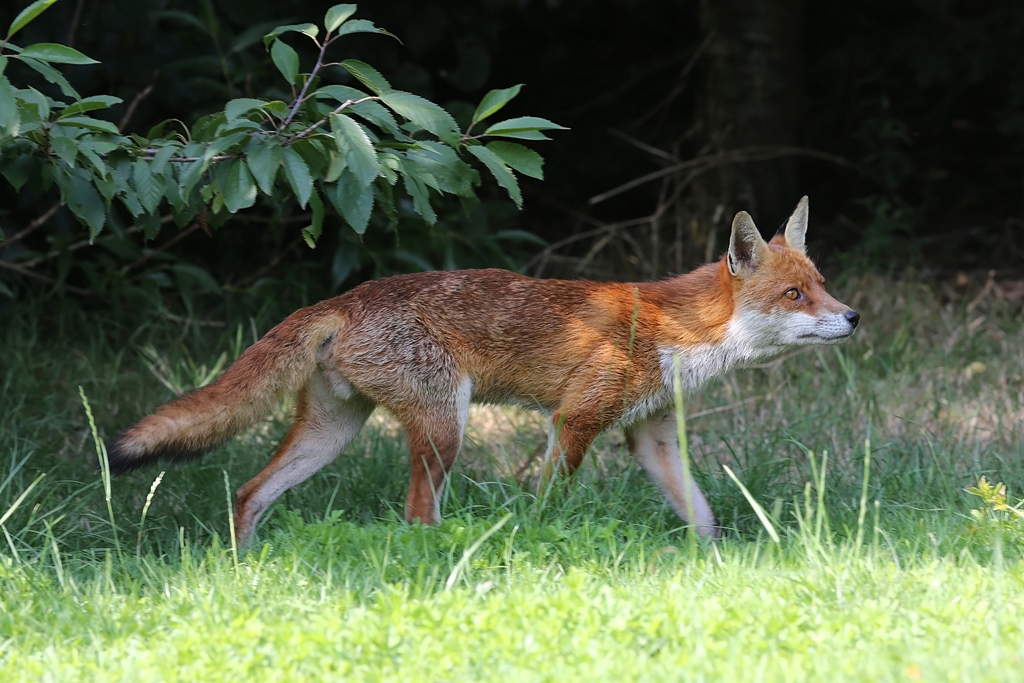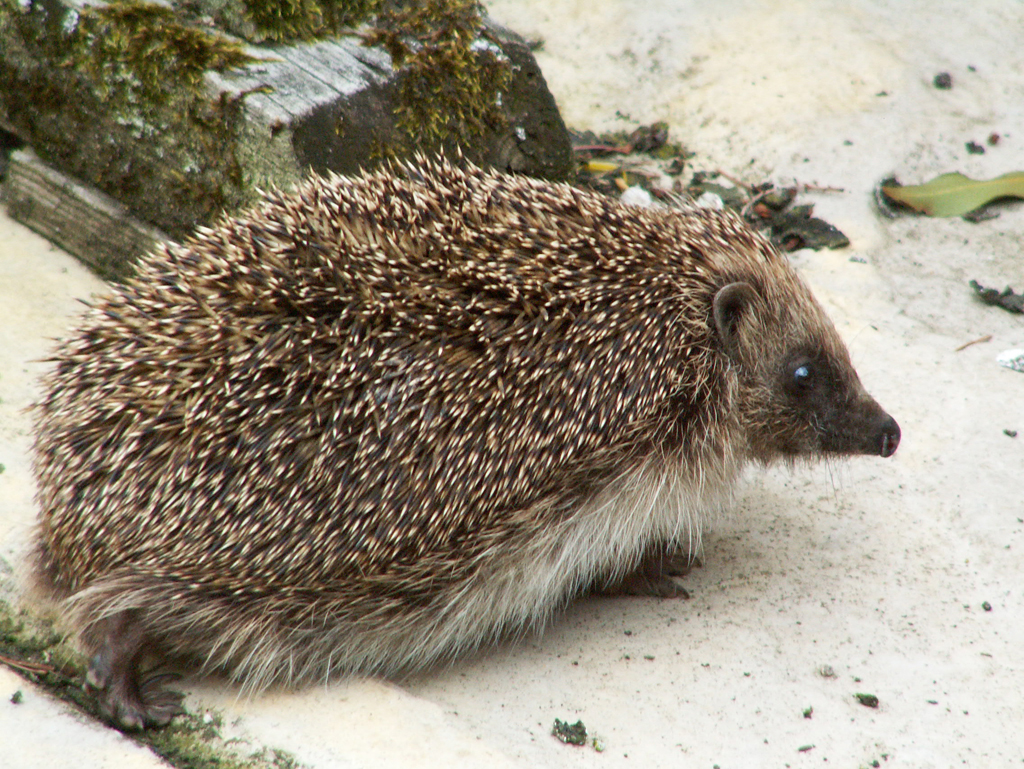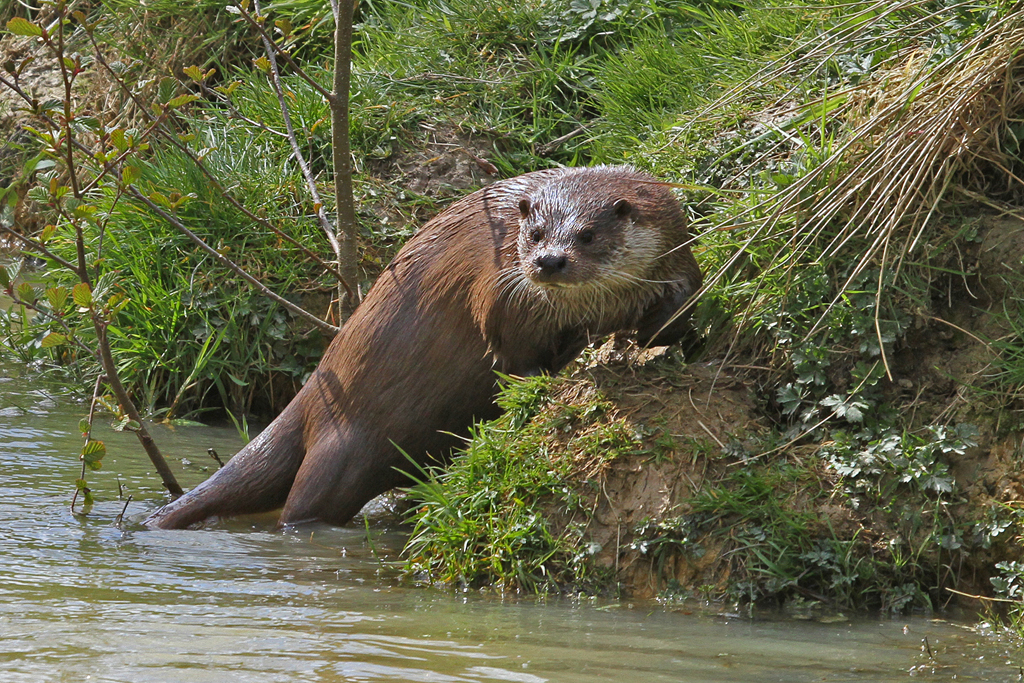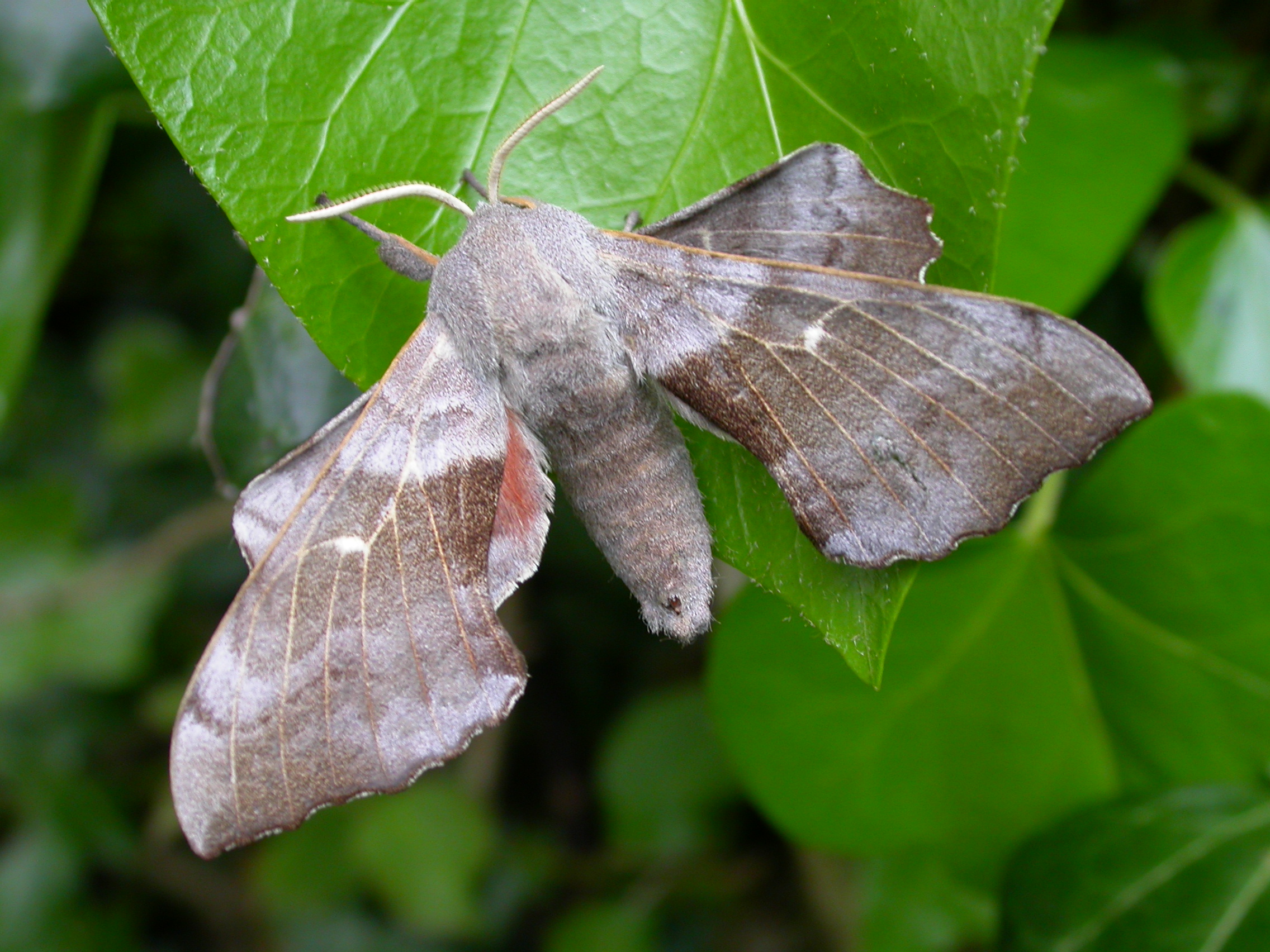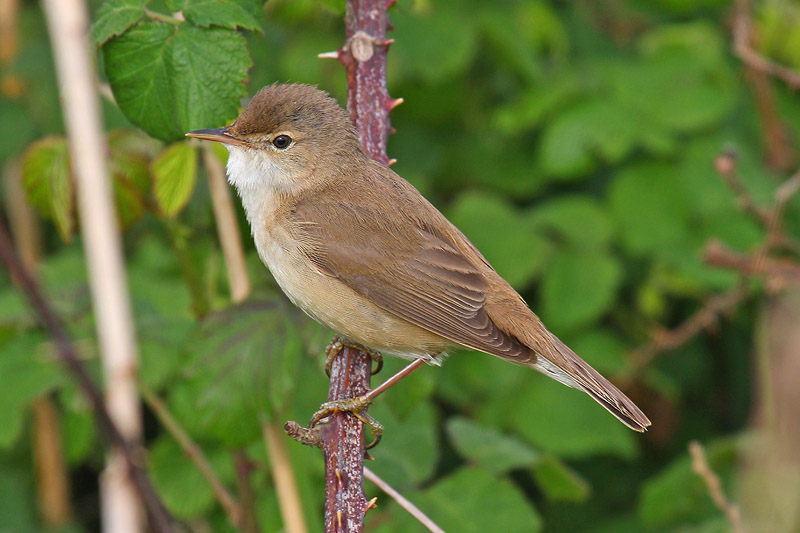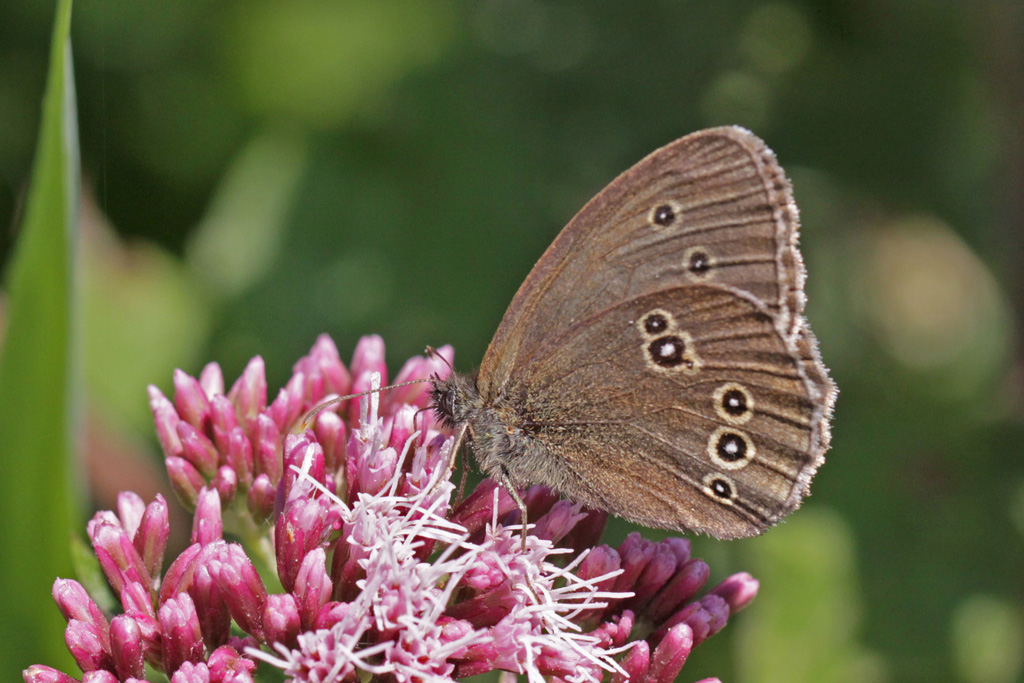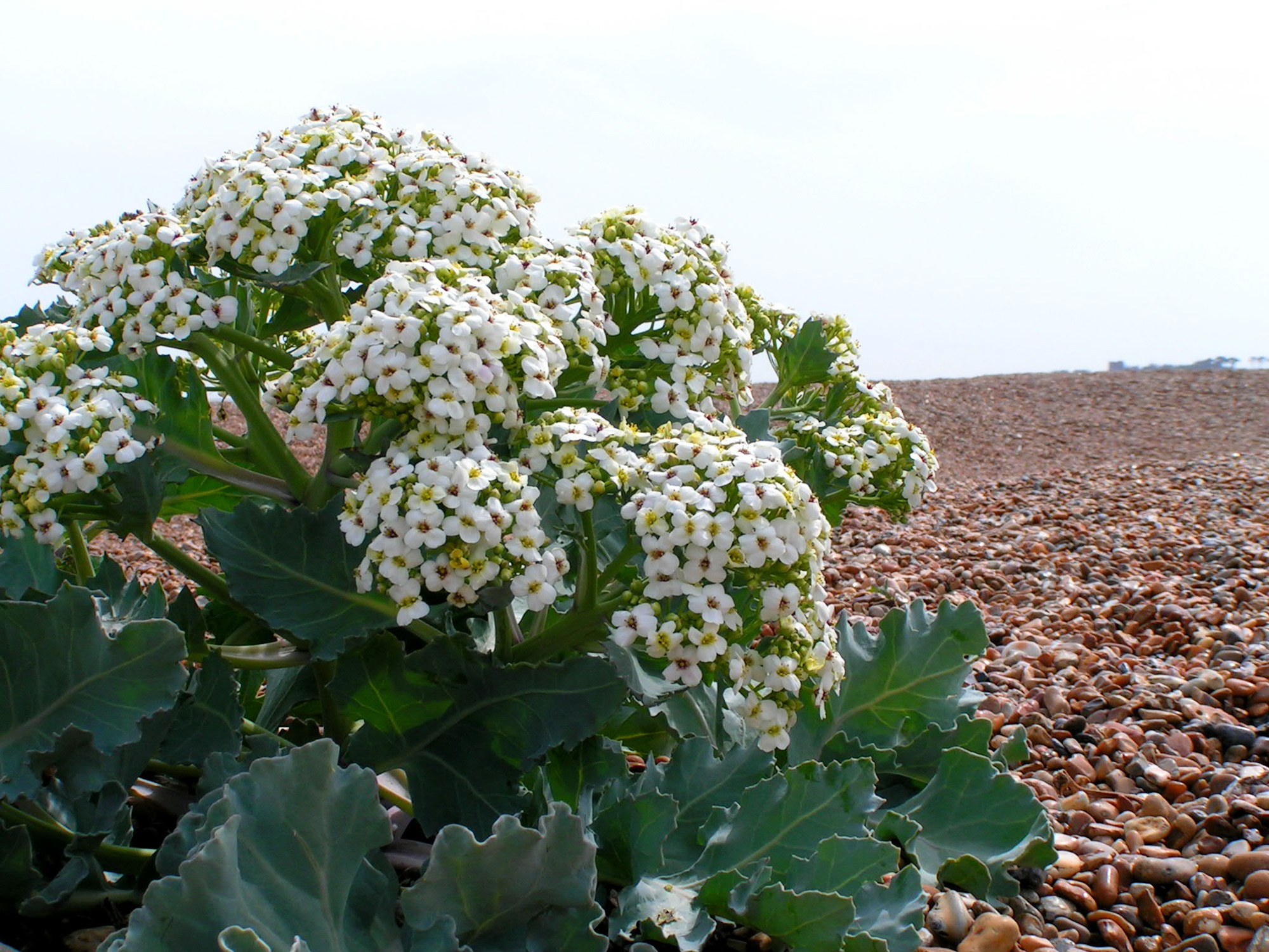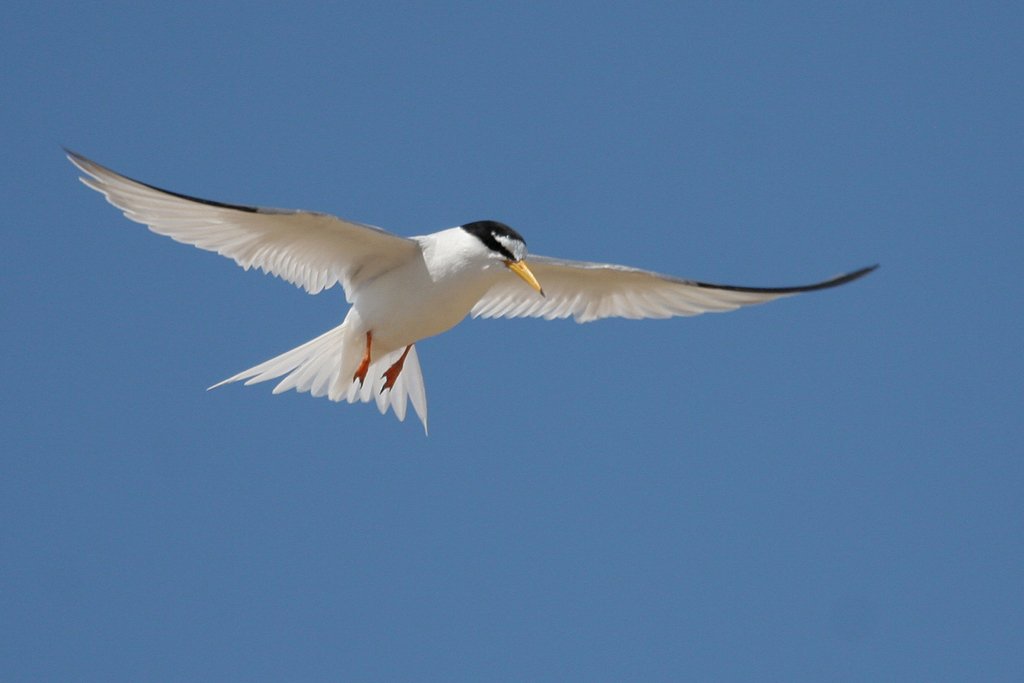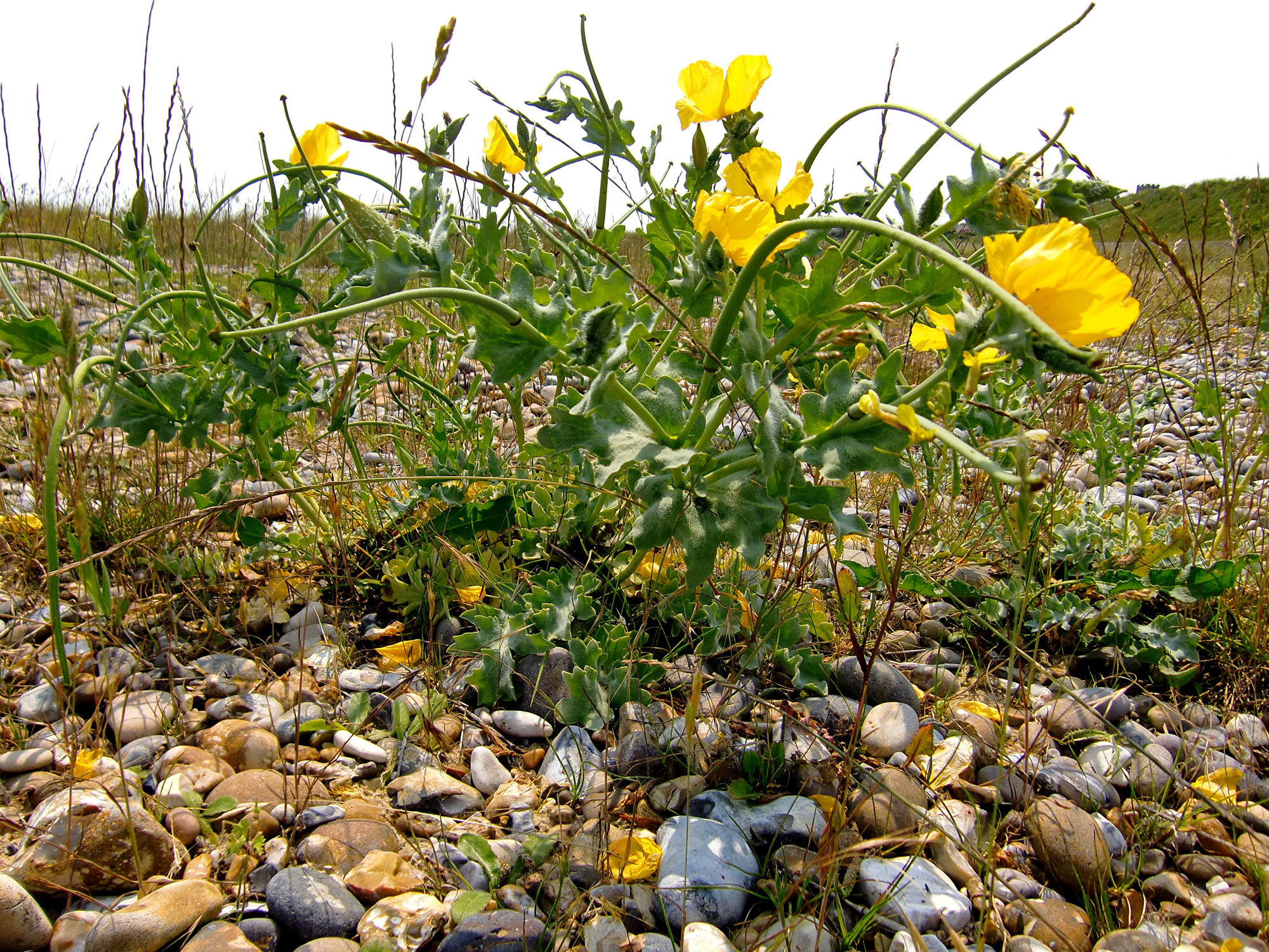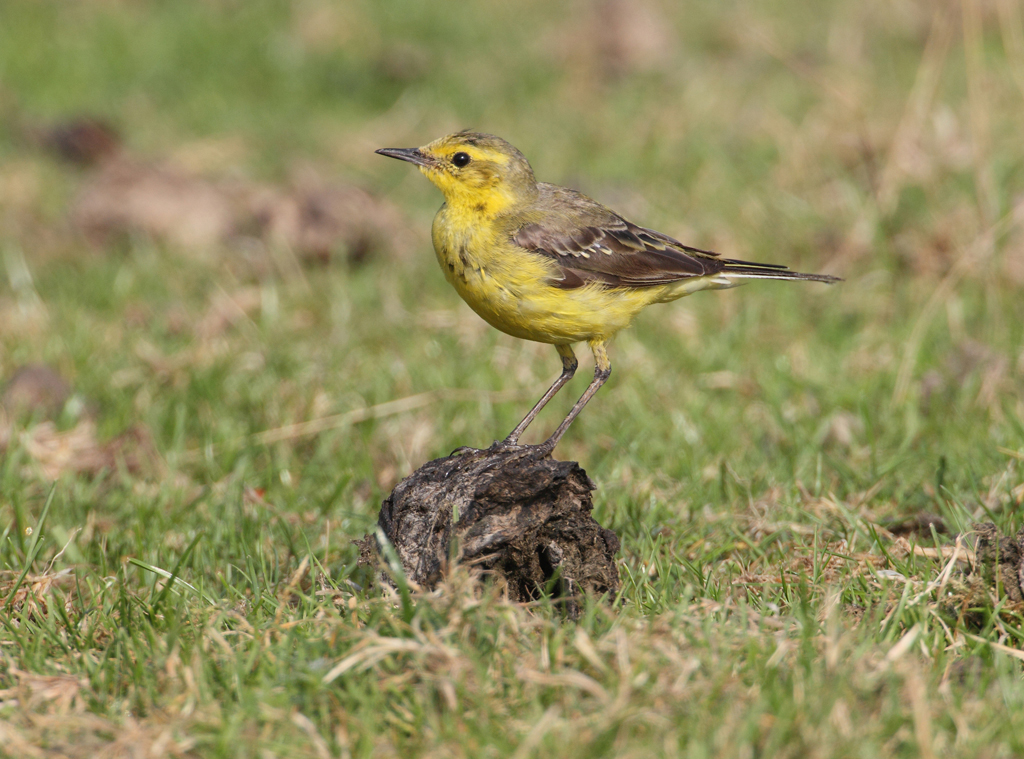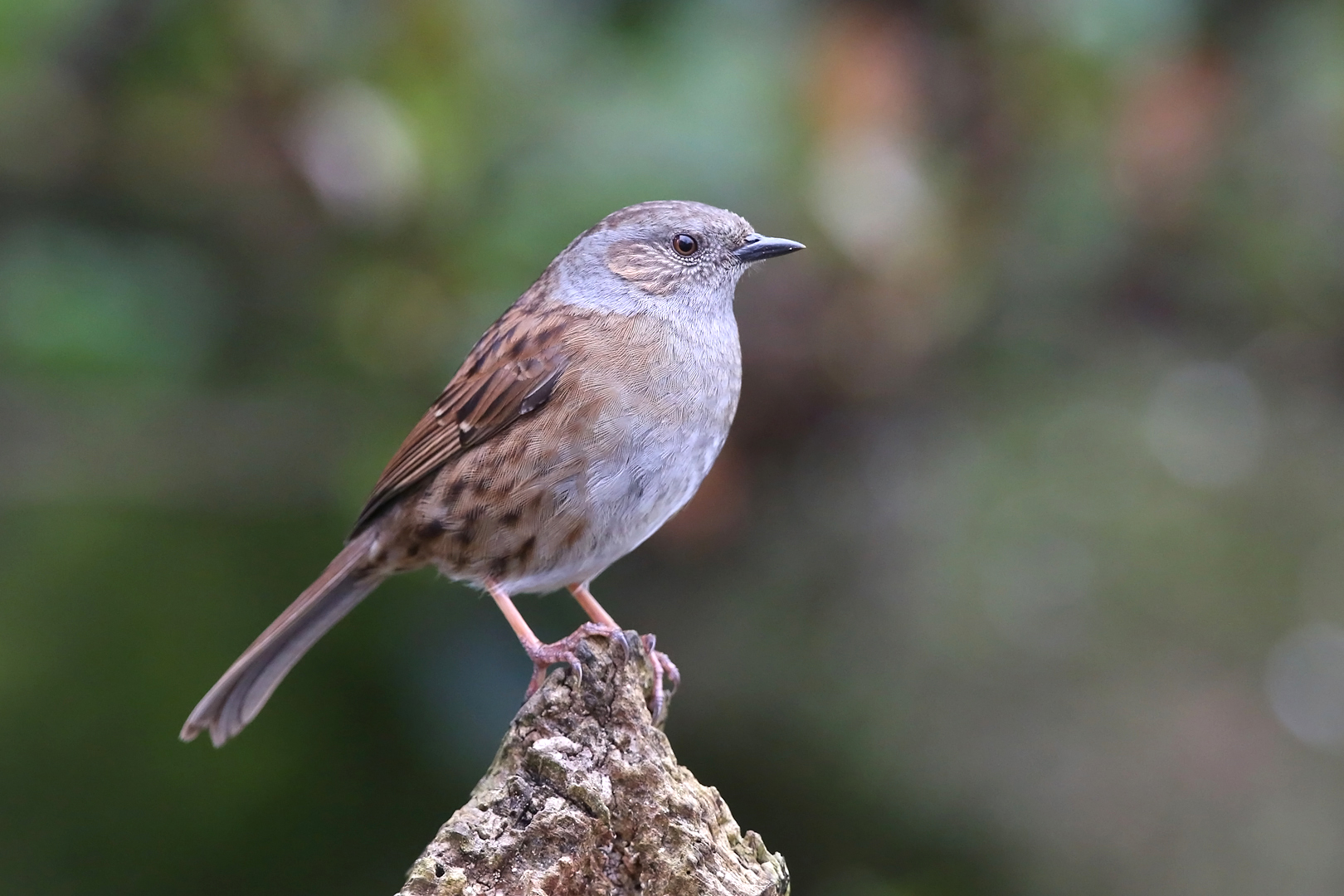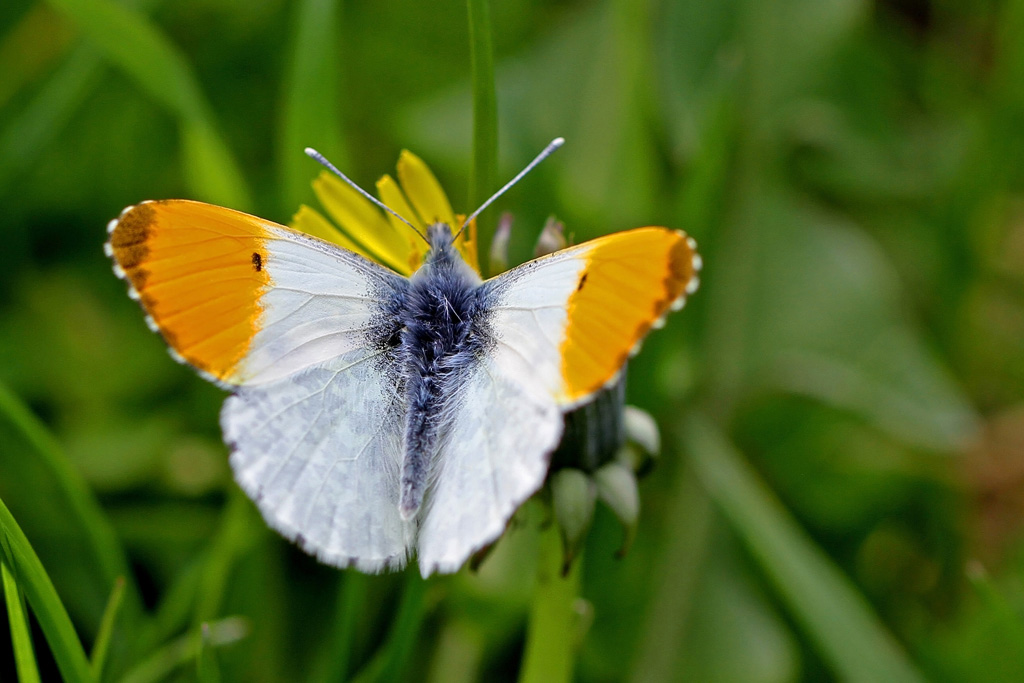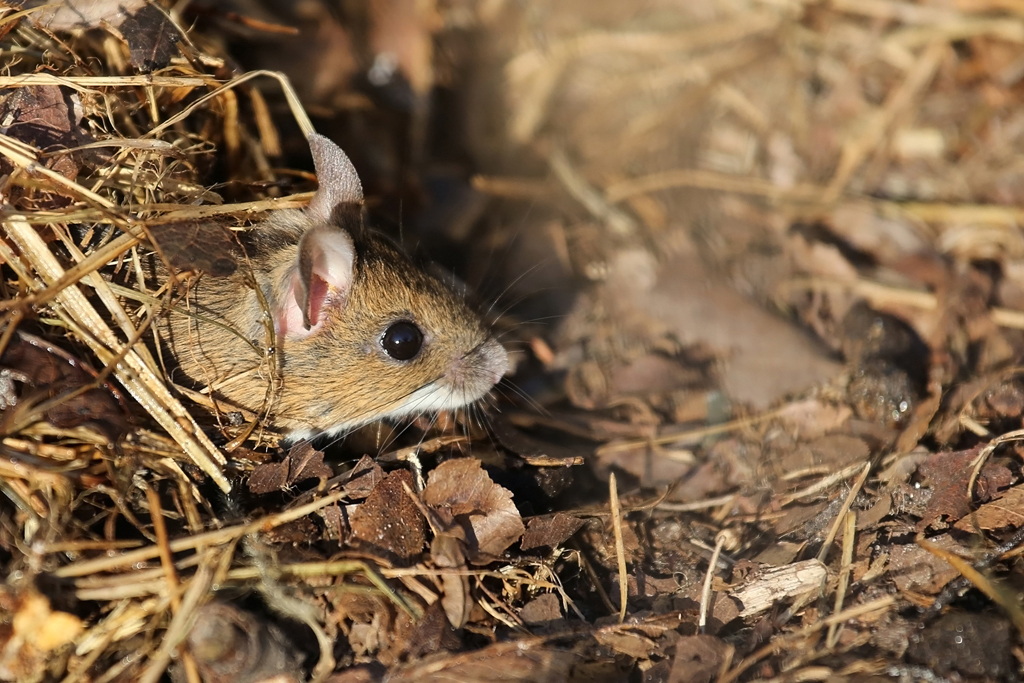Book tells fascinating history of an unlikely habitat by the sea
Tom Potter
East Anglian Daily Times
21 October 2016 (updated 11 October 2020)
It’s a place with tragedy and mystery in its past – but as many stories of resilient determination to build a community amid its wild and isolated environment.
The history of Shingle Street – a tiny Suffolk seaside hamlet up the coast from Bawdsey – goes back more than 200 years, when river pilots occupied a small wooden hut on the beach, assisting merchant vessels along the shifting channels.
A tavern soon sprung up, succeeded by the Life Boat Inn and several early 19th century homes – beginning a fascinating history, recorded in full by Shingle Street resident Tim Miller in his book, Life on the Edge.
Mr Miller first became acquainted with Shingle Street when his father bought the old lodging house known as German Ocean Mansion in the 1950s.
When the building was later sold, he decided to move back to the beach from his own home – further inland at Melton – into one of the Victorian cluster of former coastguard cottages.
“It remains amazingly isolated,” he said. “I called the book ‘Life on the Edge’, because that’s just what it feels like.
“When you cross the sluice bridge, it’s like leaving the rest of England behind. It’s a ‘place apart’.
“Before the bridge over the creek was built in 1928, the only way of getting here was by boat, or by walking across the marshes.”
The Second World War brought with it Shingle Street’s most talked about chapter of history – a legend that remains the subject of debate and discussion, and is addressed in Mr Miller’s book.
The story tells of the North Sea being set ablaze in the autumn of 1940, and corpses of German troops washing up on the beach.
In 1992, the government released a Ministry of Home Security file detailing the ‘Evacuation of civil population from the village of Shingle Street in east Suffolk’.
It described the military requisitioning of more than 20 homes at Shingle Street, plans to lay mines on the beach, and to use the area for bombing test runs, but revealed nothing of a foiled Nazi invasion.
Mr Miller thinks the rumour may have emerged from true accounts of beach flame-barrages created elsewhere along the coast.
“My description is taken from a witness account of what happened,” he said.
“The Home Guard was stationed at Aldeburgh and, that night, received news of an invasion. Facing south, they saw flames and heard explosions from Shingle Street.
“I’ve known old boys who were about at the time, but no one has ever been able to tell me the facts – or wouldn’t.
“Defence works had been put up. Whether they staged a trial run with dummy invaders, I don’t know.
“There were similar rumours of the sea being set on fire on the south coast. Inevitably, during the war, lots of bodies washed up on beaches all along the coast.
“Norman Scarfe (Suffolk historian and former Shingle Street resident) said the only mystery was why there was a mystery at all.
“Maybe this extreme eastern coast of Suffolk is just a place that breeds mystery.”
After the war, Shingle Street was so heavily mined that the government deemed it uninhabitable – but sisters Kate Burwood and Daisy Norton had other ideas, convincing authorities to rebuild destroyed homes and establish a community once more.
“The war department didn’t want people to go back because the beach was too heavily destroyed and mined,” said Mr Miller. “But two redoubtable women weren’t having any of it, and they went back.”
The community still remains strong at Shingle Street – an unlikely little hamlet at ‘the edge of the world’.
“It’s not just a row of holiday homes,” said Mr Miller. “Most are occupied all year, by local people. In fact, the descendents of the old coastguard Alfred Norton [pictured in the book] still live here.
“I couldn’t have put this history together without the help of family albums. The record office in Ipswich was also tremendously helpful.”
Mr Miller’s book is available at Aldeburgh bookshop, Browsers in Woodbridge, and online.
It was released by Shingle Street Publishing, which also produced local academic Jeremy Mynott’s book, Knowing Your Place; Wildlife in Shingle Street – the result of a comprehensive study of the area’s flora and fauna.
On Wednesday, October 26, Mr Miller will give an illustrated talk on the history of Shingle Street to the Ipswich Society. For more information, email [email protected].
Introducing his book, Tim Miller quotes from Ronald Blythe’s In the Artist’s Garden, in which the author describes Shingle Street as comparable in geography only to Dungeness, and Chesil Beach, in Dorset.
“It descends to the water’s edge in ranges of flint mountains that are gemmed with – if you are lucky – amber,” writes Blythe.
“Today, forests of valerian, white and purple, have to be negotiated before our feet sink into a token strip of sand.
“This is where we East Anglians expected Napoleon and Hitler to arrive. So, in 1808, we took Captain Ford’s advice, and built more than 100 Martello towers, from Norfolk to Kent – and, in 1938, no end of pillboxes. But no one came.”
Instead, says Mr Miller, the ceaseless enemy has been the sea, where storms claimed many lives over the years.
Two years ago, he raised enough funding to pay for a permanent memorial to five Shingle Street coastguards , killed after their boat capsized in the River Ore on the night of May 1, 1914.
The plaque, outside of one of the coastguard cottages in which Mr Miller lives, also pays tribute to all those who manned the Shingle Street coast between the 1890s and 2013.
The tragedy happed on a routine trip for supplies and pay from Aldeburgh, when the wind dropped and the men were swept into the shallows by the tide as they approached home. Before they could drop their oars, their 24ft whaler was battered by the sea and overturned.
Two men survived and gave evidence at an inquest into the death of boatman Walter Finnis, 32, who drowned with chief officer H Mauger, 54, Btm David Bignell, 39, Btm W McCauley, 33, and Btm Sidney Lakin, 31.
The 1914 accident left three women widowed and eight children fatherless. Only one body – that of Btm Finnis – was ever recovered from the water.
Mr Miller launched his memorial campaign after receiving a letter from one of the coastguard’s descendents.
“The grandson of one of those who died – leading boatman Bignell – wrote to me asking where the memorial was located. I wrote back saying there wasn’t one, but promised there would be.”
Nature Studies: The unimaginable riches in one tiny English village
There are at least 20 mammals in Shingle Street, from otters to pygmy shrews
Michael McCarthy
The Independent
Monday 07 March 2016
What’s in a place? You’d be surprised. Take Shingle Street. It’s remote – in fact, it’s one of the remotest villages in England, sitting on the loneliest stretch of the Suffolk coast, a collection of just 29 dwellings behind a great long shingle bank on the edge of the North Sea, midway between Aldeburgh and Felixstowe. There is no pub, no shop, and little infrastructure at all, really, although the coastline does host several Martello towers, those squat round mini-fortresses built to repel Napoleonic invasions.
The population of Shingle Street is a small and shifting one, as not all its residents are there all the time, but at most it comes to a mere 60 souls, which gives the place a somewhat bare and empty feel. Yet the human inhabitants are vastly outnumbered by non-human life-forms, which are astonishing in their abundance, as a detailed wildlife survey, carried out on behalf of the village over the last year, has just demonstrated.
It was a surprise to everyone who took part, to realise the scale of the biodiversity they are sharing their coastal corner with. There are at least 20 mammal species in the area, from otters and brown hares to pygmy shrews and harvest mice, but they are far outnumbered by the birds: a scarcely believable 249 species have been recorded.
Shingle Street’s east coast location makes it a key place for colourful spring and autumn migrants, such as wrynecks, firecrest and ring ouzels, while rare summer breeders include avocets, little terns and marsh harriers, and spectacular winter visitors range from short-eared owls to snow buntings.
But move on from vertebrates, and the life becomes more numerous still. The survey listed no fewer than 328 flowering plant species, headed by the flowers that are specialists on shingle such as sea kale, sea pea, sea beet and yellow horned poppy, while behind the houses, in the rabbit-grazed grasslands, there are extravagant displays of such locally common species as sea lavender, thrift, sea campion, biting stonecrop, golden samphire, viper’s bugloss, and red and white valerian. Add to the flowering plants 36 moss species and 28 lichen species; and then try and count the invertebrates.
It’s quite a job: 10 species of grasshoppers and crickets; 16 species of dragonflies and damselflies; 26 species of butterflies; 34 species of bugs; 52 species of beetles; 57 species of molluscs; 63 species of spiders; and, believe it or not, in this one diminutive Suffolk settlement, 379 species of moths. Total it all up and besides its one hominid, Homo sapiens, Shingle Street is found to contain at least another 1,352 life-forms.
This is surely remarkable, and the reason is partly that the village lies in a relatively unspoiled area of very diverse habitats: shingle bank, coastal grassland, mudflats, salt marsh and farmland all occur close together. But it is not unique, says the Shingle Street resident behind the survey, Jeremy Mynott. Many places will show unexpected wildlife riches if looked at closely, and now we should be looking, he says. A retired publisher – he was the head of Cambridge University Press – Mr Mynott is a keen amateur naturalist who is very concerned at the catastrophic crash in Britain’s biodiversity over the last 40 years (many indications, including the Government’s own figures, suggest it has gone down by more than half).
“Britain’s wildlife is currently threatened as never before and I think it is increasingly important for local communities to document and celebrate the biodiversity of the areas in which they live,” he says.
The reason is obvious: if you don’t know what you’ve got, you don’t notice when it starts to slip away, which is clearly what has happened across our whole countryside in recent decades. What Shingle Street has is now known, in staggering detail: the full 200-page technical report can be found on the website shinglestreetsurvey.org.uk. But as this will be of interest mainly to specialists, Mr Mynott is writing a 40-page illustrated booklet making the highlights of the survey available for the general reader, which will be published next month.
Its title is Knowing Your Place. Let’s hope it’s the start of a trend, because Shingle Street proves that once you do look at your place, in real detail – wherever it is – it’s likely to contain more life than you ever imagined.

An article about the SS Survey published by the East Anglian Daily Times on 25/04/2015. Original (right) – text repeated below for ease of reading.
TIDELINES
News from Touching the Tide, a Lottery-funded Landscape Partnership Scheme, with project manager Bill Jenman.
Hidden nature is uncovered
Last Friday I was out with some local residents from Shingle Street, learning about the mammals that live in and around their homes. They’re interested in finding out more, and undertaking surveys of their own, to build up a better picture of the wildlife that lives in their area. They also want to know what’s at stake when decisions have to be taken about coast defence options in the future. Helping people to understand more about the heritage of the coast, and about coastal change, is just what Touching the Tide is for so we were happy to help.
Toby Abrehart had set some live traps out the night before. Our first find was a field vole, looking very sweet indeed with black sparkling eyes and a blunt friendly face. We all ooo-d and looked back at him as he peered out of his plastic viewing bag before we let him go again. Next up was a field mouse, much livelier, jumping wildly to escape (a later mouse did indeed escape, at one stage threatening to disappear up Toby’s trousers). He was also very cute, though; all whiskers and snuffling, twitching with nervous energy. Mice have a reputation for biting (yellow necked mice are particularly assertive with human fingers) so we were relieved to let him go.
We had caught more field voles and wood mice, but no other rodents or shrews. Walking around the surrounding fields we saw signs of deer, fox, and badger, and everyone sniffed at some otter spraint by the side of a large drainage ditch. Otter spraint (poo) is famously sweet smelling; I’d go with musky myself, but not at all unpleasant and certainly not poo-ey.
Later we looked at Toby’s collection of skulls which sounds macabre but they were fascinating. I’m a biologist by training but I’d never seen the exquisite beauty of a stoat or weasel skull before. They’re Ripley’s Aliens in miniature. Elongated heads, tiny faces, sharp sharp teeth not to be messed with.
We were privileged to see so much secret wildlife so close to where people live. It’s a privilege open to everyone who knows where to look though – hidden nature is all around us, just waiting to be revealed. The natural world is magical, and everyone left wanting to see more of it. Success! Thank you Lottery players – and do join us on another TtT excursion.




